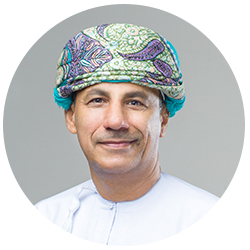OSOS Whitepapers Telemedicine
Future of Digital Healthcare

Telemedicine Introduction
Telemedicine is one of the eHealth technology means, which is a word that consists of two words, Tele which means distance, and Medicine. It is a technique that uses of communication and information technology devices to provide medical advice and remote health care using medical devices and equipment, facilitating the process of transporting the patient and medical devices, which helps save lives, especially in emergencies and care.
Given the history of telemedicine, the beginning was more than thirty years ago, as the American Space Agency NASA played a prominent role in the emergence of this technology, as the medical devices equipped with spacecraft and space suits during trips monitored physiological measurements and transported them electronically to Earth, and that was since the early sixties of the last century.
The STARPAHC project that targeted the residents of the Babago Red Indians in the US state of Arizona, which was operated between 1972 and 1975, is one of the first projects in implementing telemedicine technology to provide health care for the American Indians by providing a truck with various medical devices such as X-rays, ECG, etc. This truck was electronically linked by radio with two hospitals for public health and subspecialties.
The STARPAHC project that targeted the residents of the Babago Red Indians in the US state of Arizona, which was operated between 1972 and 1975, is one of the first projects in implementing telemedicine technology to provide health care for the American Indians by providing a truck with various medical devices such as X-rays, ECG, etc. This truck was electronically linked by radio with two hospitals for public health and subspecialties.
The medical station of Logan International Airport in Massachusetts in 1967 is to provide occupational health services for airport workers; as well as to provide urgent medical care for travelers, the first medical station operating through a two-way audiovisual circuit operating in microwaves. The diagnosis and treatment evaluation in the patients chosen by the nurses was carried out by the doctors participating in the project, while an independent doctor monitored them.
The accuracy of a microwave was also analyzed, and examination, hearing, and reading of radiographs and microscopic slides were also performed. In 1989, the US Space Agency established the first global program for overall medicine, a project known as the "Space Bridge to Armenia", where the site of the earthquake disaster in Armenia was linked to several medical centers in the United States of America to provide medical consultations using single-way video devices, sound, and fax.
Advantages of Telemedicine
This technique is founded to help patients who live outside capitals or who need medical consultations remotely from various developed countries or for educational purposes, and like other technologies, this service has advantages and disadvantages and here we will review some of these advantages and disadvantages.




